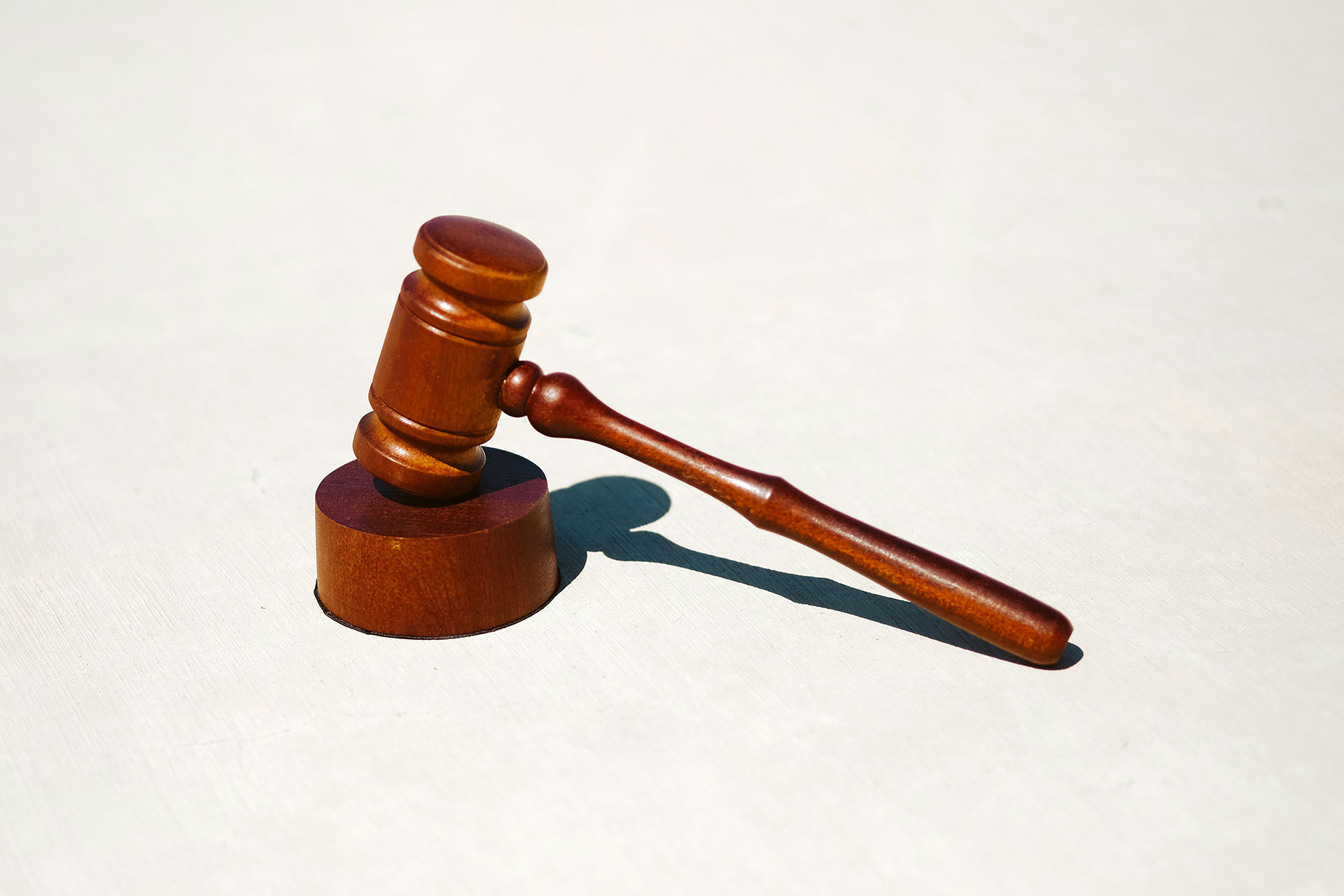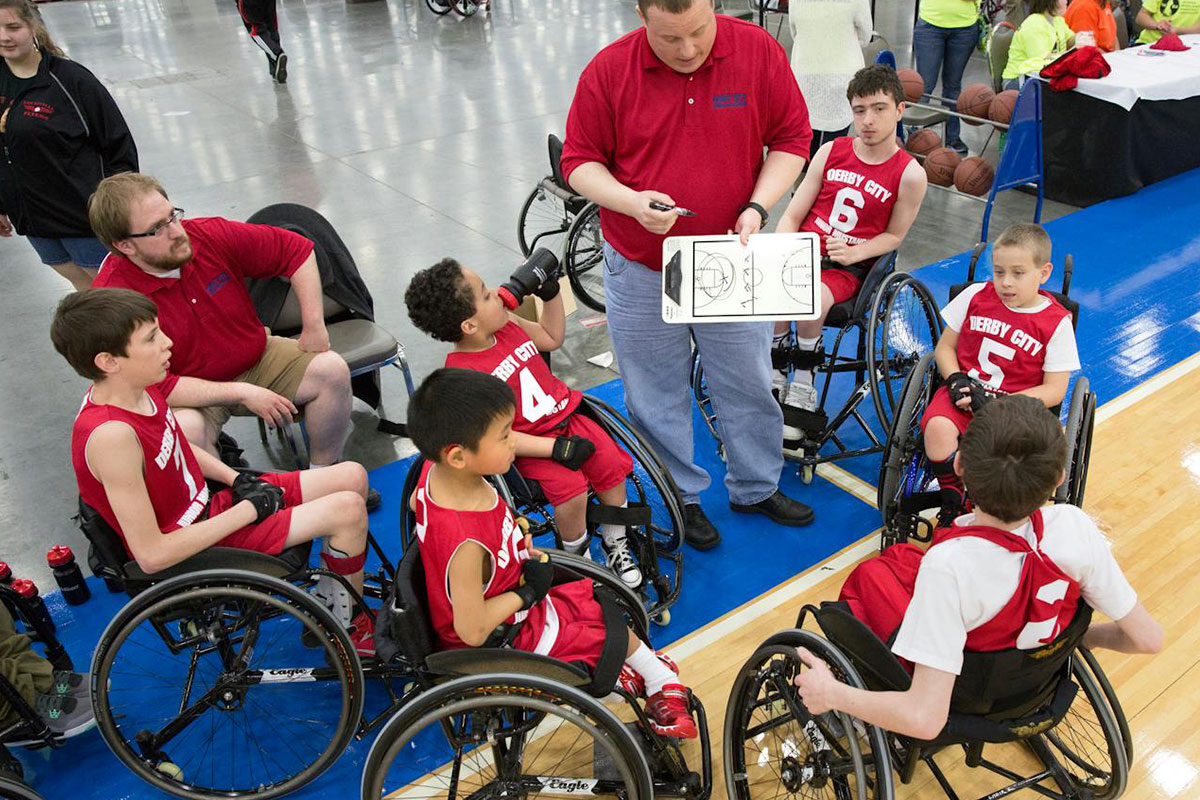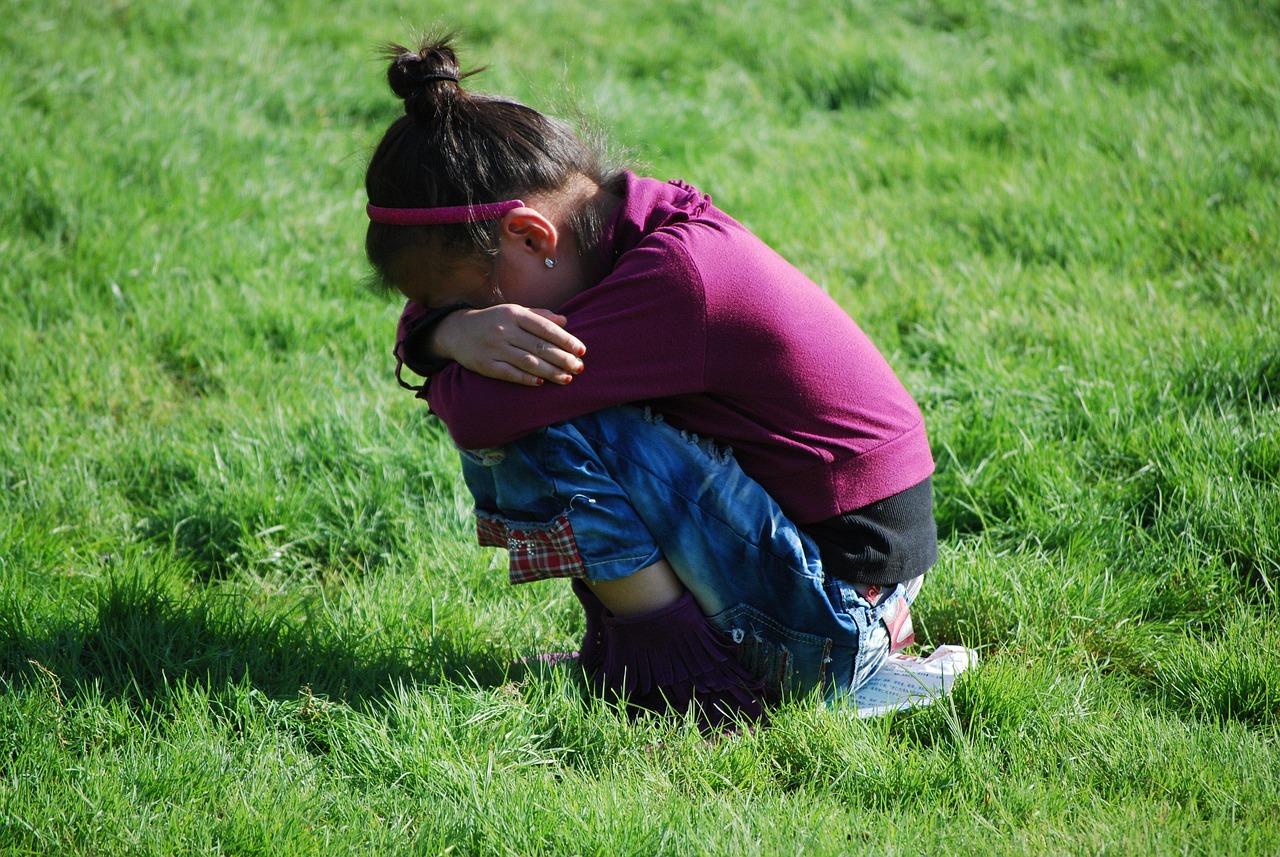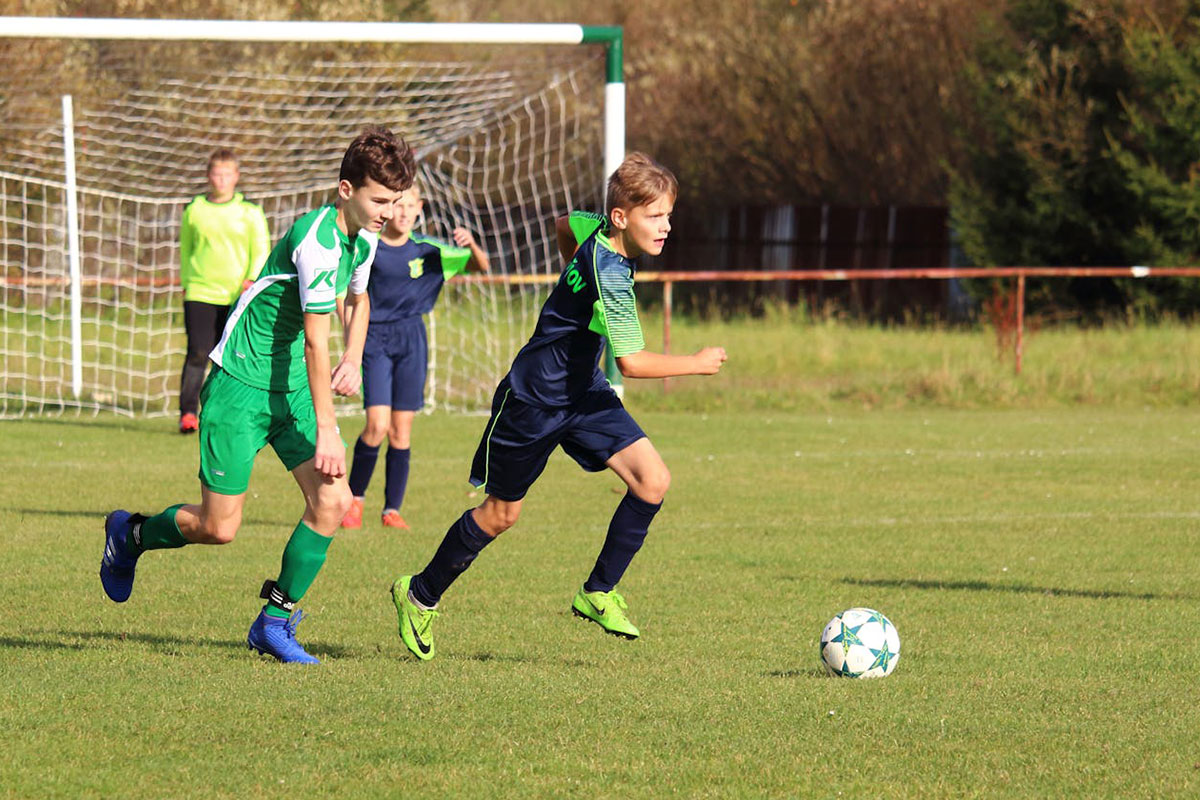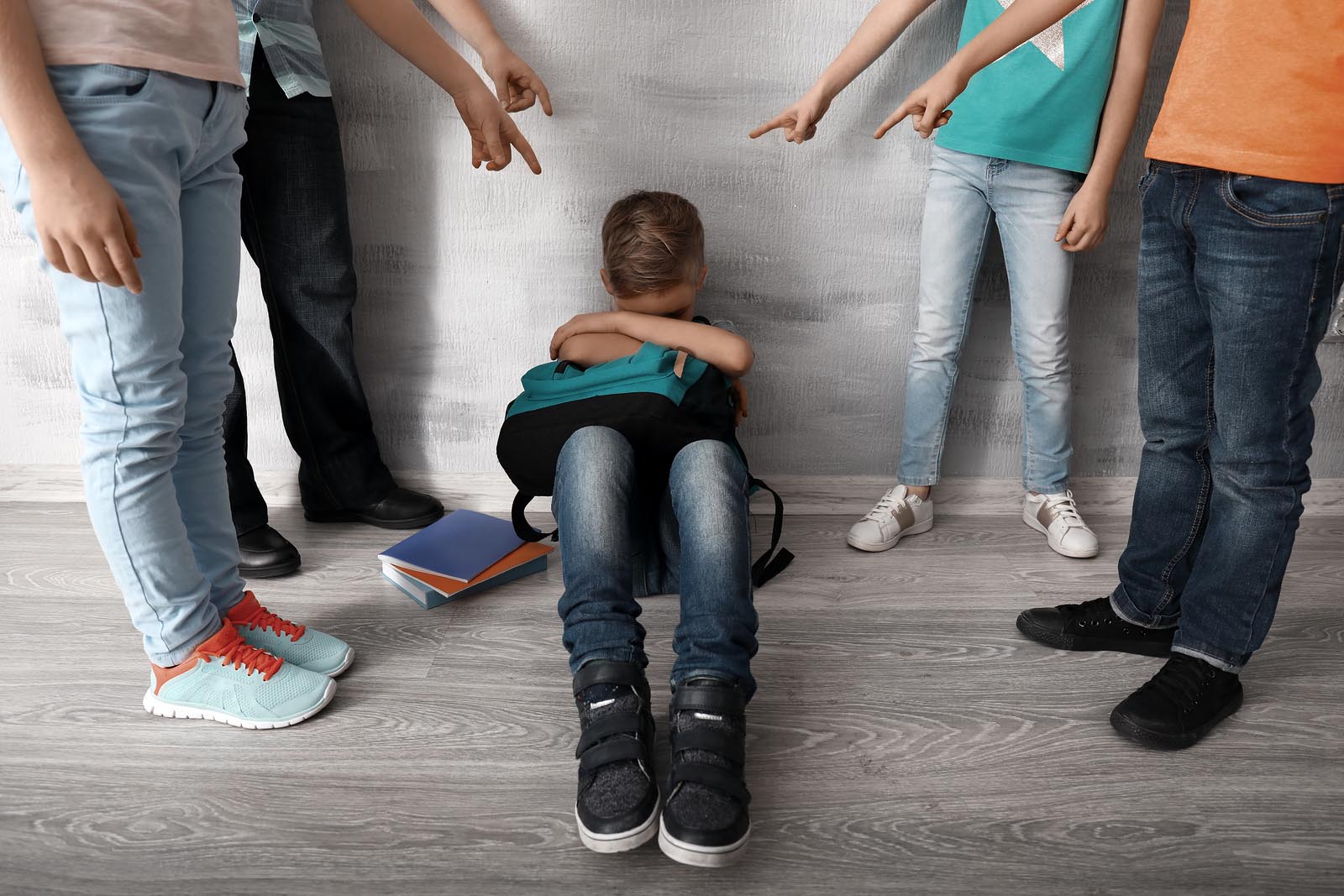School Liability and Negligent Supervision of Children with Disabilities
Key Takeaways: Schools and child-and youth-oriented agencies must uphold a higher standard of care tailored to a child’s unique needs when supervising children with behavioural and physical disabilities. They should ensure safety through adequate supervision of children with disabilities, specialized programs and services for qualifying students, and addressing issues that...



